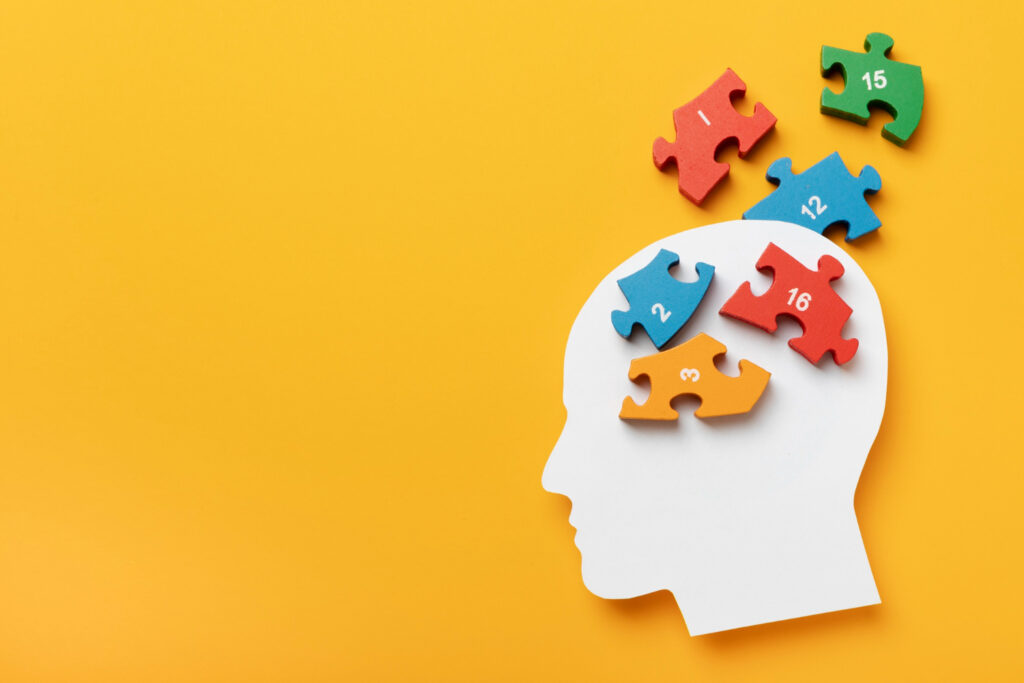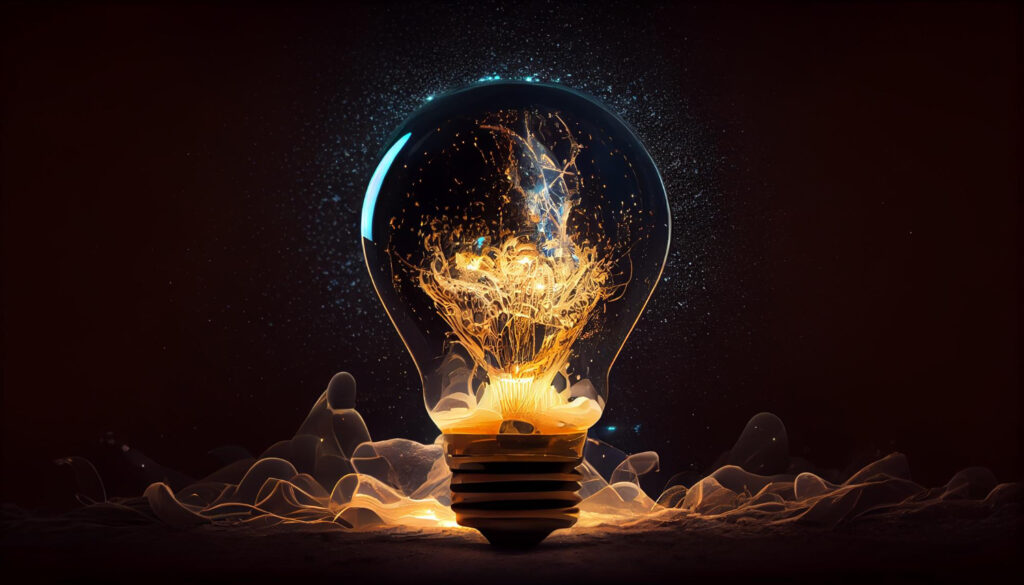We all have moments when we struggle to recall something, whether it’s the name of a new acquaintance or a critical detail for an exam. Memorization, the process of committing something to memory, is an essential skill that can be improved with the right techniques. In this blog post, we’ll explore 20 of the best memorization techniques to help you retain information more effectively. From ancient methods to modern strategies, these techniques will enhance your memory and boost your cognitive abilities. Let’s dive in!
1. The Power of Visualization
Creating Mental Images
Visualization is a powerful memorization technique that involves creating mental images of the information you want to remember. By turning abstract concepts into vivid pictures, you can make them more memorable. For instance, if you need to remember a list of groceries, visualize each item in your mind’s eye. Picture a loaf of bread, a carton of milk, and a bunch of bananas. The more detailed and vivid the images, the better.
Using Mind Maps
Mind maps are another effective visualization tool. They help organize information visually, making it easier to recall. Start with a central idea and branch out into subtopics, using colors and images to enhance the map. This technique works well for complex subjects, allowing you to see the connections between different pieces of information.
2. The Method of Loci
Journey Through Your Mind
The Method of Loci, also known as the memory palace technique, involves associating information with specific locations. Imagine a familiar place, such as your home, and mentally place the information you want to remember in different rooms. For example, if you need to remember key points for a presentation, place each point in a different room. As you mentally walk through your home, you’ll recall the information associated with each location.
Historical Significance
The Method of Loci dates back to ancient Greece and Rome. Orators used this technique to memorize lengthy speeches by associating parts of their speech with specific locations in a building. This method leverages our natural ability to remember spatial information, making it a powerful memorization tool.
3. Chunking Information
Breaking It Down
Chunking is a technique that involves breaking down large pieces of information into smaller, more manageable chunks. Our brains are better at remembering smaller chunks of information rather than long, continuous strings. For example, instead of trying to remember a long number like 1234567890, break it down into chunks: 123-456-7890.
Applications of Chunking
Chunking can be applied to various types of information, such as phone numbers, addresses, and even study material. When studying for an exam, break down the material into smaller sections and focus on one chunk at a time. This approach makes the information more digestible and easier to remember.
4. Repetition and Spaced Repetition
The Role of Repetition
Repetition is a fundamental memorization technique. By repeatedly reviewing information, you reinforce it in your memory. However, not all repetition is created equal. Simply cramming information in one session is less effective than spaced repetition.
Implementing Spaced Repetition
Spaced repetition involves reviewing information at increasing intervals. This technique leverages the spacing effect, which shows that we remember information better when it is reviewed periodically over time. Use tools like flashcards or apps designed for spaced repetition to schedule review sessions effectively.
5. Mnemonic Devices
Acronyms and Acrostics
Mnemonic devices are memory aids that help you remember information through associations. Acronyms and acrostics are popular mnemonic devices. An acronym is a word formed from the first letters of a series of words, like “HOMES” to remember the Great Lakes (Huron, Ontario, Michigan, Erie, Superior). An acrostic is a phrase where the first letter of each word stands for another word, such as “Every Good Boy Deserves Fudge” for the lines of the treble clef in music.
Rhymes and Songs
Rhymes and songs are also effective mnemonic devices. Setting information to a familiar tune or creating a rhyme can make it easier to remember. For instance, many people remember the alphabet through the “ABC” song.
6. The Peg System
Using Peg Words
The Peg System is a mnemonic device that involves associating numbers with specific words or images (peg words). For example, you might associate the number 1 with the image of a sun, the number 2 with a shoe, and so on. When you need to remember a list, you create associations between the items on the list and your peg words.
Applying the Peg System
To remember a list of groceries using the Peg System, you might visualize a sun (1) shining on a loaf of bread and a shoe (2) stepping on a carton of milk. These vivid images help you recall the items when you think of the corresponding numbers.
7. Storytelling and Linking
Creating a Narrative
Storytelling is a powerful way to remember information by linking it together in a narrative. Our brains are wired to remember stories better than isolated facts. To use this technique, create a story that incorporates the information you want to remember. The more creative and detailed the story, the better.
Linking Concepts
Linking involves connecting new information to something you already know. This technique leverages your existing knowledge to create associations with new information. For example, if you’re learning a new language, link new vocabulary words to words in your native language that sound similar or have related meanings.
8. Active Learning and Engagement
Teaching Others
One of the most effective ways to remember information is to teach it to someone else. Teaching forces you to organize your thoughts and explain the material clearly, reinforcing your understanding and memory. Find a study partner or use a pretend audience to practice teaching the information you need to remember.
Engaging Multiple Senses
Engaging multiple senses can enhance memorization. When you involve more senses, you create stronger and more diverse memory traces. For example, if you’re learning a new skill, watch a video, listen to instructions, and practice physically. This multisensory approach makes the information more memorable.
9. The Feynman Technique
Simplifying Complex Information
The Feynman Technique, named after physicist Richard Feynman, involves explaining complex information in simple terms. To use this technique, write down what you want to learn, explain it in simple language as if teaching a child, review gaps in your understanding, and refine your explanation. This process forces you to understand the material deeply and makes it easier to remember.
Iterative Learning
The Feynman Technique is an iterative process. As you refine your explanations, you identify areas where your understanding is lacking and revisit the material until you can explain it clearly. This deep engagement with the material reinforces your memory and comprehension.
10. Emotional Connections
Leveraging Emotions
Emotions play a significant role in memory. We tend to remember emotionally charged events better than neutral ones. To use this to your advantage, create emotional connections with the information you want to remember. Find a way to make the material personally meaningful or relate it to an emotional experience.
Storytelling with Emotion
Incorporate emotions into your storytelling. When creating a narrative to remember information, add emotional elements to make the story more engaging and memorable. For example, if you’re trying to remember historical events, imagine the emotions of the people involved and how they might have felt.
11. Mindfulness and Meditation
The Role of Mindfulness
Mindfulness involves focusing your attention on the present moment. Practicing mindfulness can improve your concentration and memory. When you’re mindful, you’re more likely to notice and remember details. Incorporate mindfulness techniques, such as deep breathing and meditation, into your daily routine to enhance your memory.
Meditation for Memory
Meditation can also boost memory by reducing stress and improving focus. Regular meditation practice has been shown to increase gray matter in the brain, which is associated with memory and learning. Set aside time each day for meditation to support your memorization efforts.
12. Exercise and Sleep
The Impact of Exercise
Physical exercise has numerous benefits for the brain, including improving memory. Exercise increases blood flow to the brain, promoting the growth of new neurons and enhancing cognitive function. Incorporate regular physical activity into your routine to support your memory and overall brain health.
The Importance of Sleep
Sleep is crucial for memory consolidation. During sleep, the brain processes and stores information from the day. Ensure you get enough quality sleep each night to optimize your memory. Establish a regular sleep schedule, create a restful environment, and practice good sleep hygiene.
13. Nutrition and Hydration
Brain-Boosting Foods
A healthy diet can support your memory and cognitive function. Foods rich in antioxidants, healthy fats, and essential nutrients, such as berries, nuts, fish, and leafy greens, are particularly beneficial for the brain. Incorporate these brain-boosting foods into your diet to enhance your memory.
Staying Hydrated
Hydration is also important for brain function. Dehydration can impair cognitive performance and memory. Ensure you drink enough water throughout the day to stay hydrated and support your brain health. Aim for at least eight glasses of water a day, and adjust your intake based on your activity level and environment.
14. Using Technology
Digital Tools for Memorization
Technology offers numerous tools to aid memorization. Apps like Anki and Quizlet use spaced repetition to help you review and remember information effectively. These digital tools can track your progress and schedule reviews based on your performance, making them powerful aids for memorization.
Audiobooks and Podcasts
Audiobooks and podcasts are excellent resources for learning and memorizing new information. Listening to material while on the go can reinforce your memory. Choose topics that interest you and listen actively, taking notes or discussing what you’ve learned with others to enhance retention.
15. The Role of Context
Context-Dependent Memory
Context-dependent memory is the phenomenon where recall is better when the context during retrieval matches the context during encoding. To take advantage of this, study in environments similar to where you’ll need to recall the information. For example, if you’re preparing for an exam, study in a quiet, distraction-free environment similar to the exam setting.
Using Contextual Cues
Create contextual cues to aid memory. Associating information with specific locations, objects, or experiences can provide cues that trigger recall. For example, if you’re learning a language, associate new vocabulary words with objects in your environment.
16. Active Recall and Practice Testing
The Benefits of Active Recall
Active recall involves actively retrieving information from memory rather than passively reviewing it. This technique strengthens memory by forcing your brain to work harder to recall the information. Practice active recall by testing yourself on the material you’re trying to remember.
Implementing Practice Testing
Practice testing is a form of active recall that involves taking practice tests or quizzes. This technique is highly effective for memorization, as it helps identify gaps in your knowledge and reinforces what you’ve learned. Use practice tests to review and solidify your understanding of the material.
17. The Use of Flashcards
Creating Effective Flashcards
Flashcards are a versatile memorization tool that can be used for various types of information. Create flashcards with a question or prompt on one side and the answer on the other. Keep the information concise and focus on key concepts.
Reviewing Flashcards
Review your flashcards regularly using spaced repetition. Test yourself on the material and separate the cards into piles based on how well you know the information. Focus more on the cards you find challenging and review them until you have mastered the material.
18. Group Study and Discussion
Benefits of Group Study
Studying in a group can enhance memorization by providing different perspectives and encouraging active engagement with the material. Group study sessions allow you to explain concepts to others, ask questions, and discuss challenging topics, reinforcing your understanding and memory.
Effective Group Study Strategies
To make the most of group study sessions, set clear goals and stay focused on the material. Take turns explaining concepts to each other and use active recall techniques. Discussing and debating the material can help solidify your memory and uncover new insights.
19. Personalization and Relevance
Making Information Relevant
Personalizing information and making it relevant to your life can enhance memorization. When information is meaningful and personally significant, you’re more likely to remember it. Find ways to relate the material to your experiences, interests, and goals.
Using Analogies and Examples
Analogies and examples can make complex information more relatable and easier to remember. When learning new concepts, create analogies that connect the material to something you already understand. Use examples to illustrate the information and make it more concrete.
20. Reviewing and Reflecting
Regular Review Sessions
Regular review is essential for long-term memorization. Schedule review sessions at increasing intervals to reinforce your memory. Use techniques like spaced repetition and active recall to make your review sessions more effective.
Reflecting on Learning
Reflection is a valuable tool for consolidating memory. Take time to reflect on what you’ve learned, how it connects to other information, and how you can apply it in real life. Reflecting on your learning helps deepen your understanding and reinforces your memory.
Conclusion: Mastering Memorization
Memorization is a skill that can be developed and refined with practice and the right techniques. By incorporating these 20 best memorization techniques into your study routine, you can enhance your memory, boost your cognitive abilities, and retain information more effectively. From visualization and storytelling to spaced repetition and active recall, these strategies will help you unlock your memory’s full potential. Happy memorizing!





